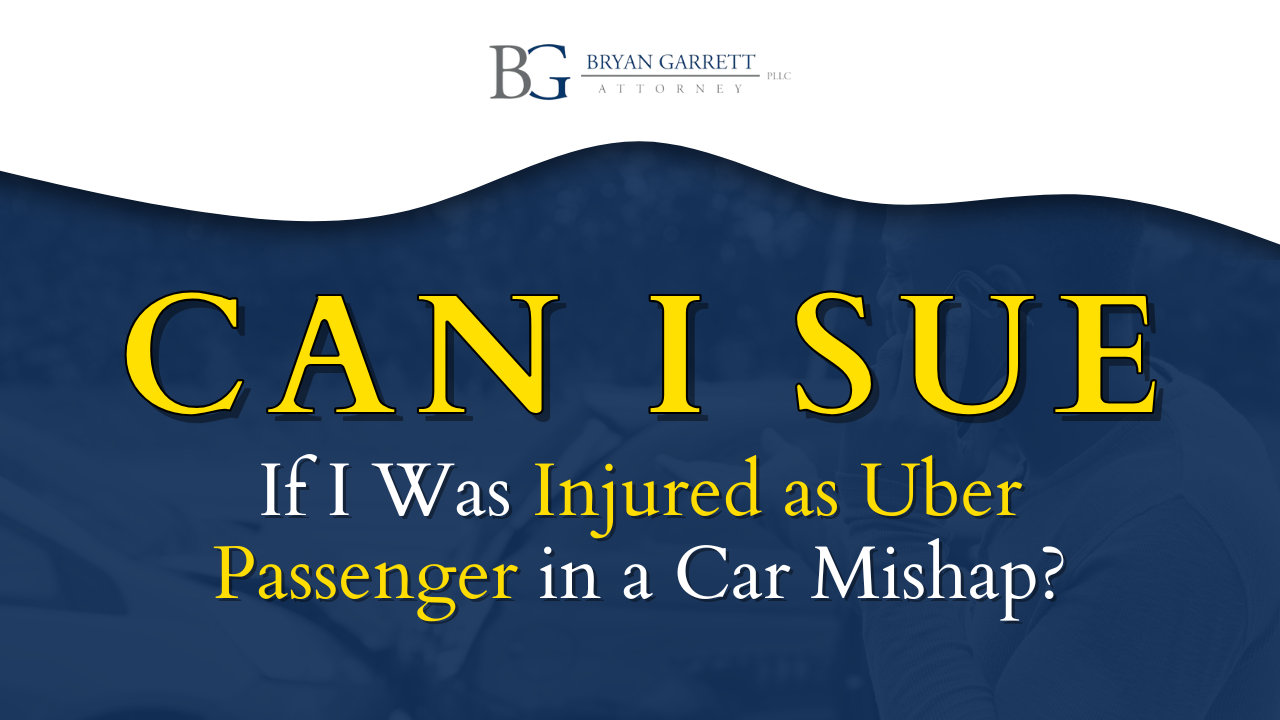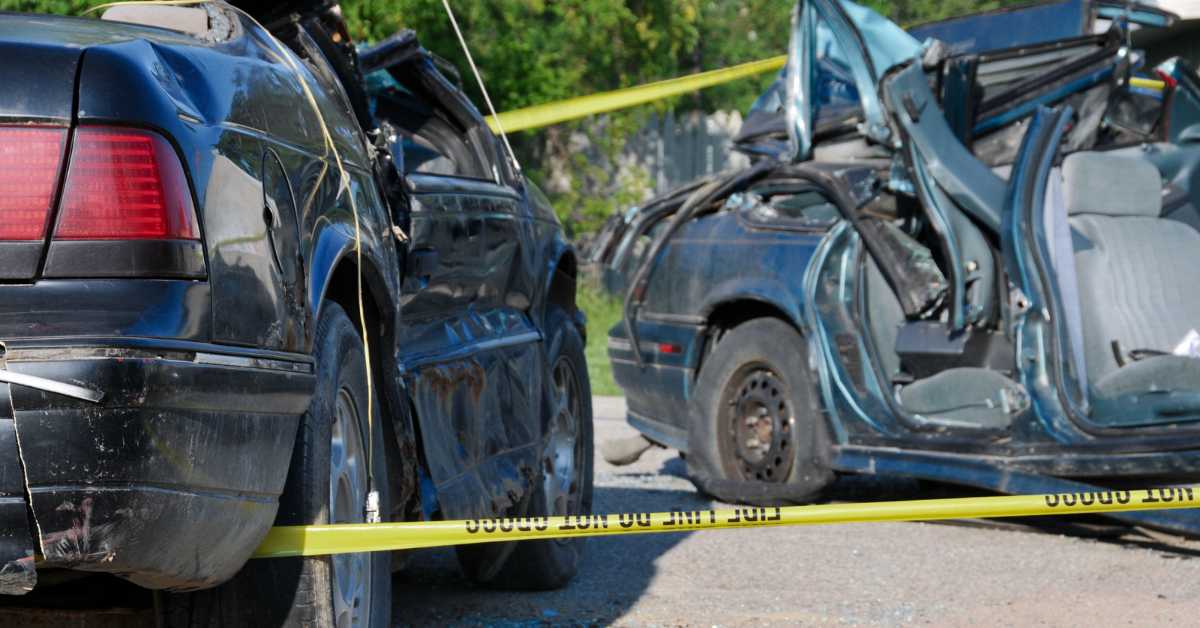Wintry weather causes major safety hazards for drivers. Even if you take every precaution, accident risks remain.
Filing insurance claims for winter crashes and recovering damages hinges on driver liability. This begs the question: How do you determine liability for a car wreck in snow and ice? Discover the answer in this informative guide from the team at Bryan Garrett PLLC, Oklahoma’s trusted personal injury law firm.
Winter Driving Hazards Do Not Change the Rules of the Road
Say you’re driving on the highway and collide with the car in front of you as they move into your lane. The other motorist could try to pin the blame on you or any slippery conditions on the road. However, if they failed to use their blinker and warn you about the lane change, the insurance company could find them at fault.
Drivers must abide by all traffic laws and practice safety behind the wheel, regardless of the road’s conditions. Identifying serious traffic violations helps establish liability in car accidents, including:
- Speeding
- Distracting driving
- Ignoring stop signs or red lights
- Failing to yield when merging
- Not using turn signals
Negligence in Snowy Conditions Increases a Driver’s Fault Percentage
Ending up in a car wreck in snow and ice doesn’t necessarily mean it’s your fault. These harsh conditions put all motorists at risk, which is why some states and cities create laws to enhance roadway safety. Failing to comply with these laws will deem you at least partially responsible for the accident.
For example, let’s say all drivers in your region have to be at a required minimum distance when following snow plows. If you’re unable to stop your car from sliding on ice and you rear-end a plow in front of you, this could be seen as negligent behavior. Familiarize yourself with all local traffic rules so you can safely travel and avoid liability in the event of a wintertime accident.
Can Municipalities Be Liable for Dangerous Road Conditions?
It’s expected that every driver acts to avoid causing a car wreck in snow and ice. However, some black ice accidents are due to negligence from municipalities and the contractors they hire. Every road maintenance responsibility falls on these entities, so a collision due to their negligence makes for an interesting personal injury case.
Perhaps black ice forms because the city’s snow and ice removal contractors don’t put salt on the roads. If an accident occurs, the contractor becomes liable.
What if a roadway has poor drainage and any melted ice automatically refreezes when temperatures drop below 32 degrees? It’s up to the municipality to address road maintenance issues like this.
Keep Yourself Safe With These Wintertime Driving Tips
To avoid being in a car wreck in snow and ice, it’s crucial that you practice these safe driving tips:
- Slow down in inclement weather.
- Don’t follow other cars too closely.
- Turn on your headlights to detect black ice.
- Install winter tires that offer better traction.
Discuss Your Personal Injury Case With Attorney Bryan Garrett – Experienced Oklahoma Car Accident Lawyer
Being in a car wreck in snow and ice can lead to extensive property damage along with severe injuries. Fight for financial compensation with Bryan Garrett PLLC. Our firm assists clients in several areas of personal injury law, including car accidents, dog bites, and motorcycle collisions.
Attorney Bryan Garrett reviews critical evidence and knows how to build a robust case for his clients. Take the first step toward seeking justice for your pain and suffering. Contact us online or call (405) 369-7723 for a free consultation.
Frequently Asked Questions (FAQ) About Car Wrecks in Snow and Ice:
Does snowy weather excuse traffic violations in a car accident?
No, drivers must still follow traffic laws regardless of weather conditions. Violations like speeding or ignoring signals contribute to liability.
Can municipalities be held liable for ice-related car accidents?
Yes, if accidents result from negligent road maintenance, such as failure to salt roads or address poor drainage, municipalities could be liable.
What are key tips to avoid a car wreck in snow and ice?
Slow down, increase following distance, use headlights to detect black ice, and install winter tires for better traction.


